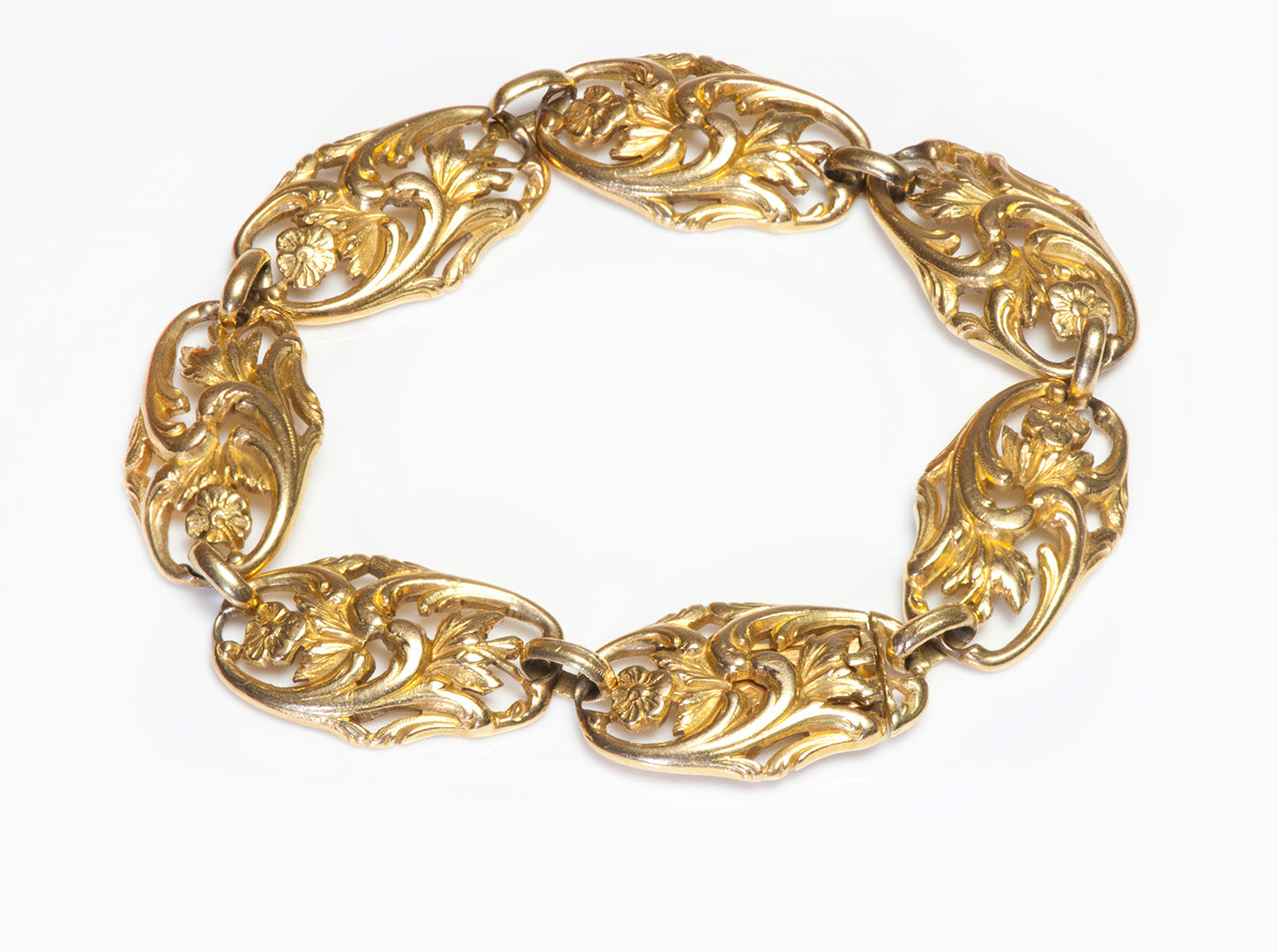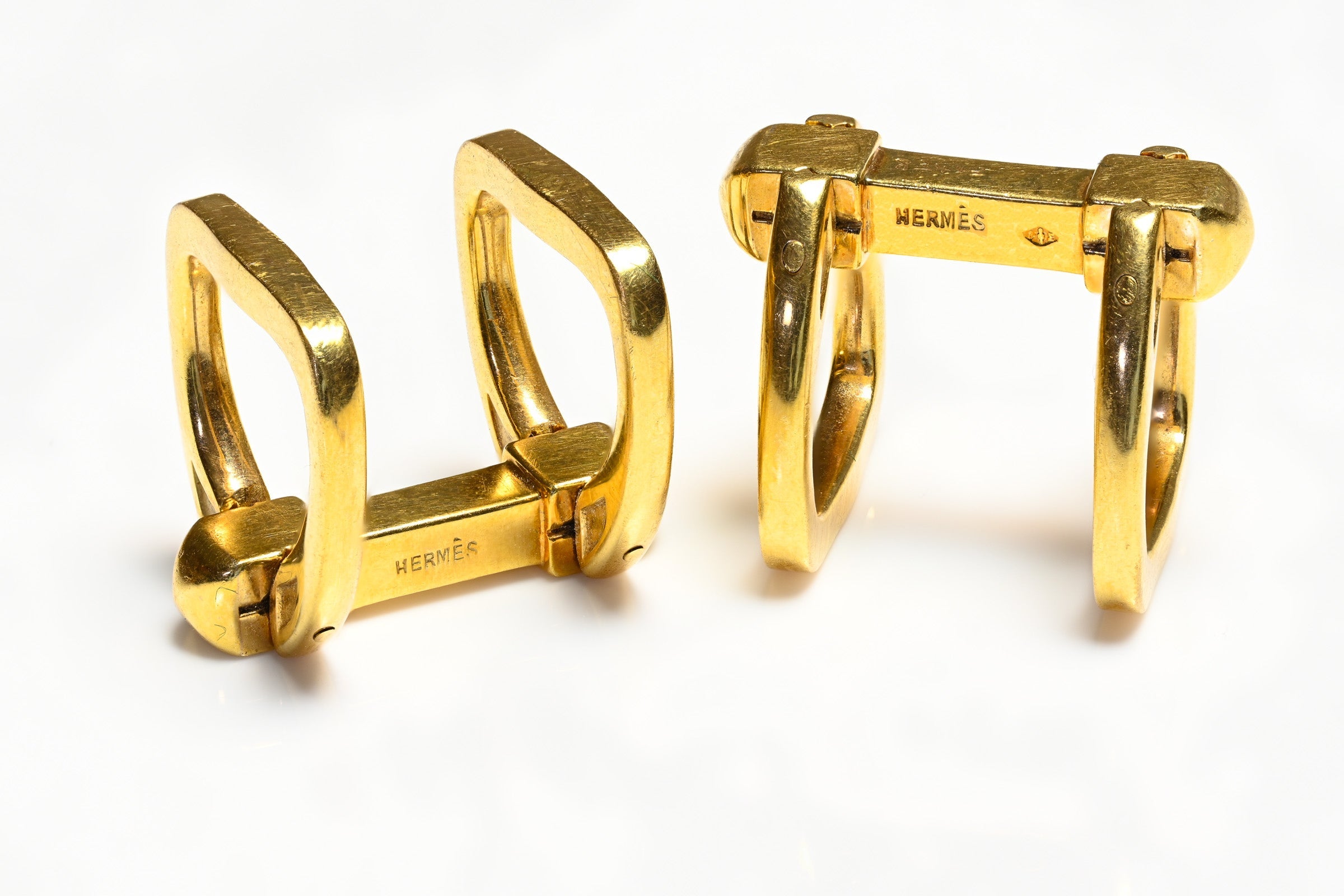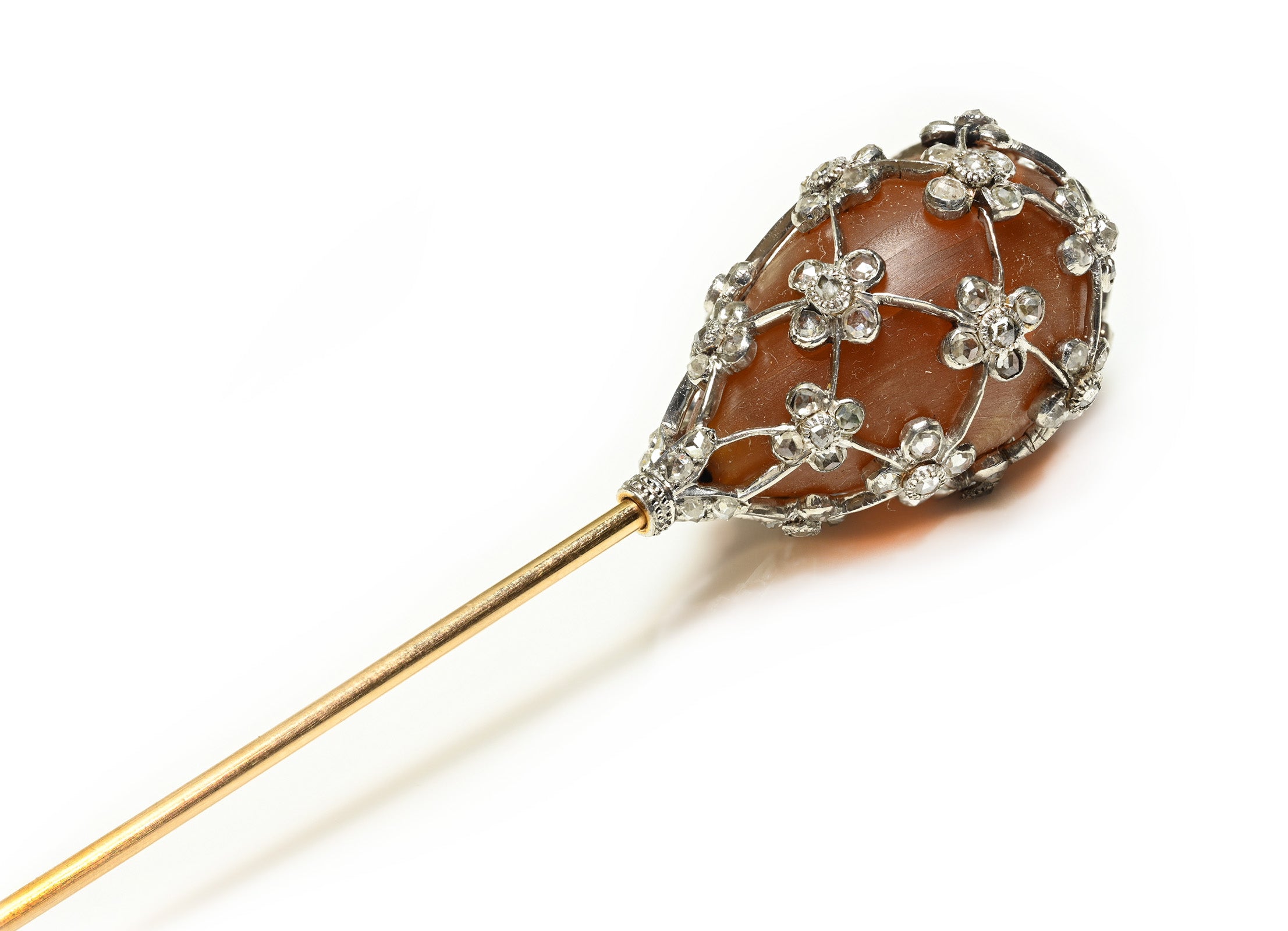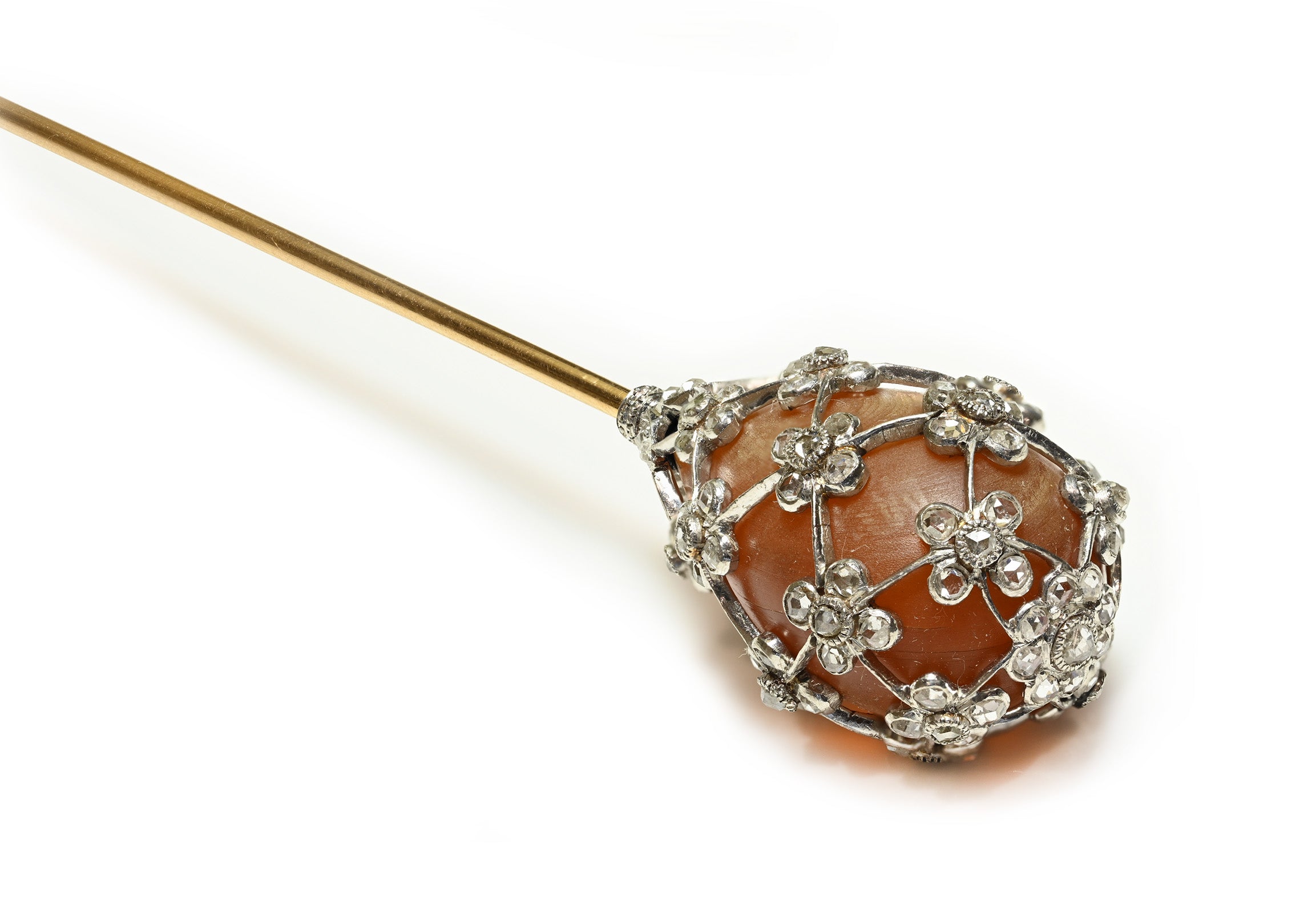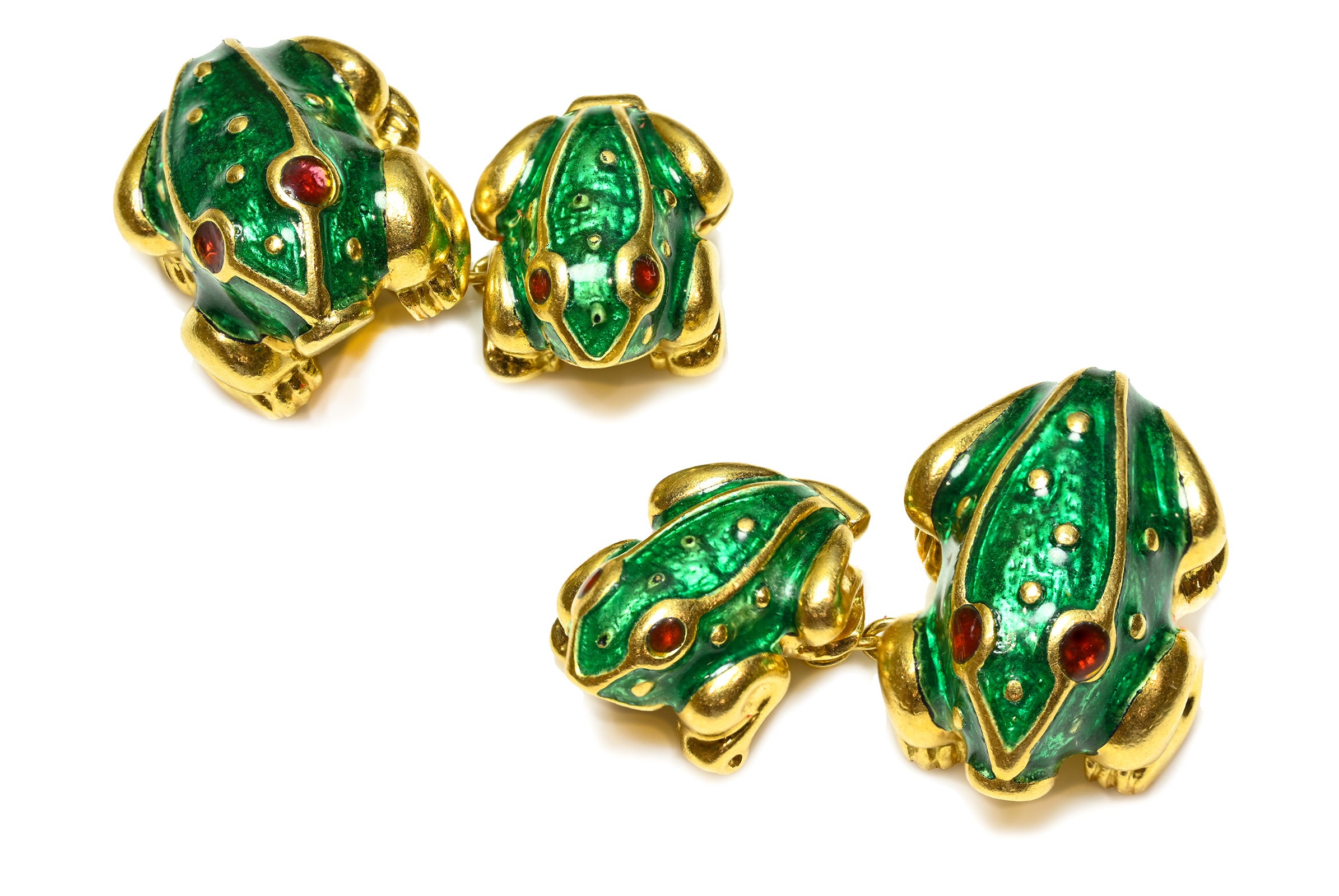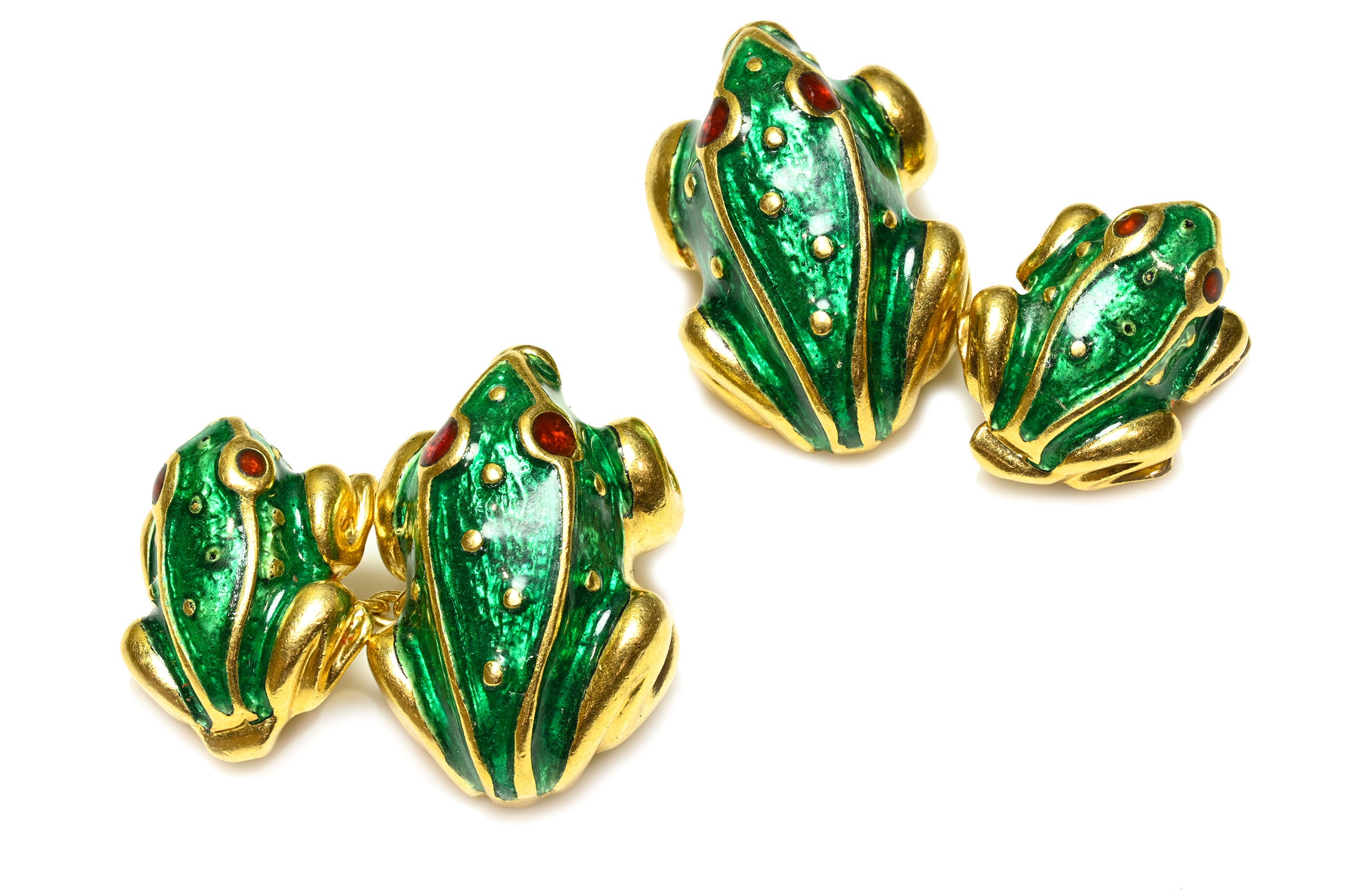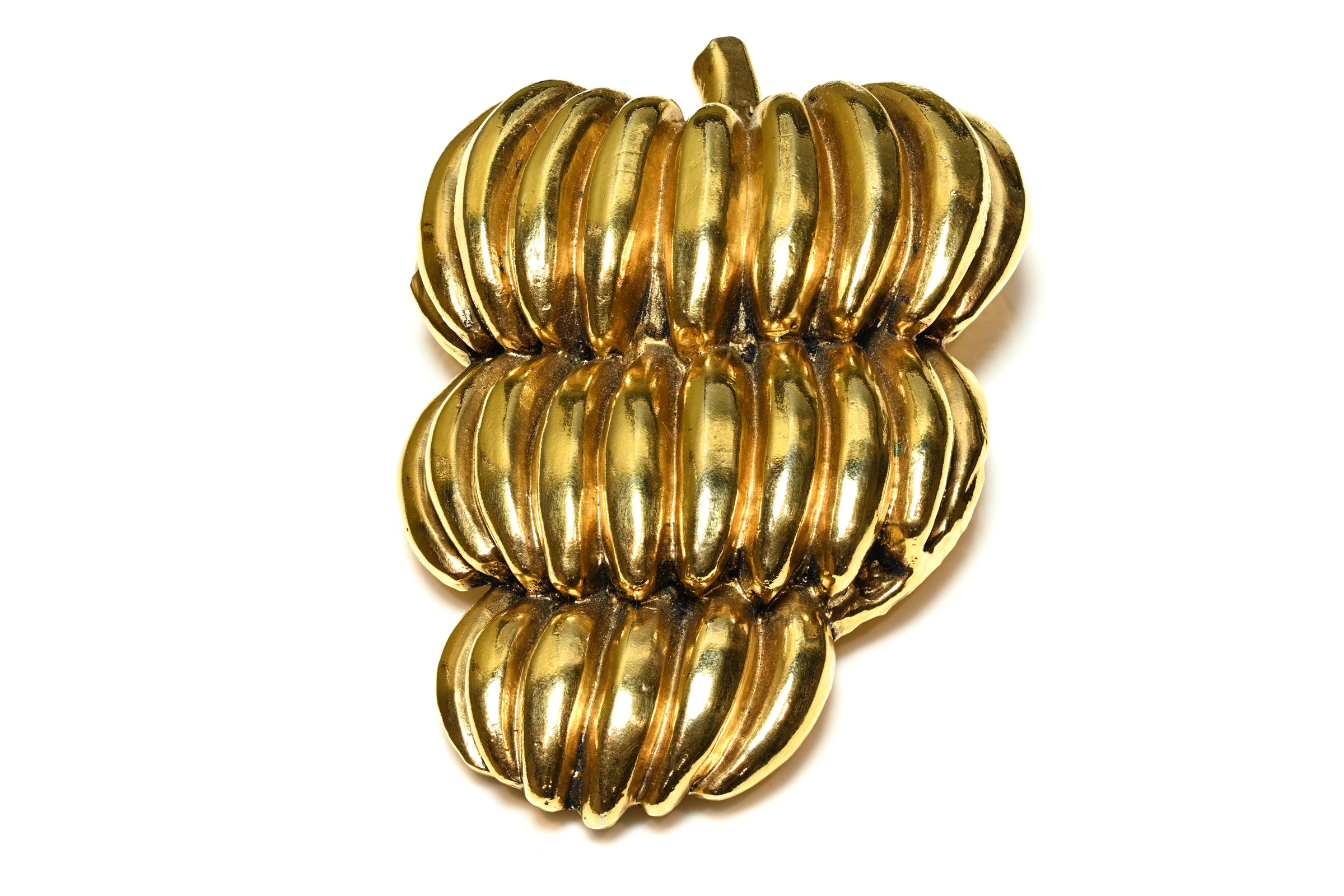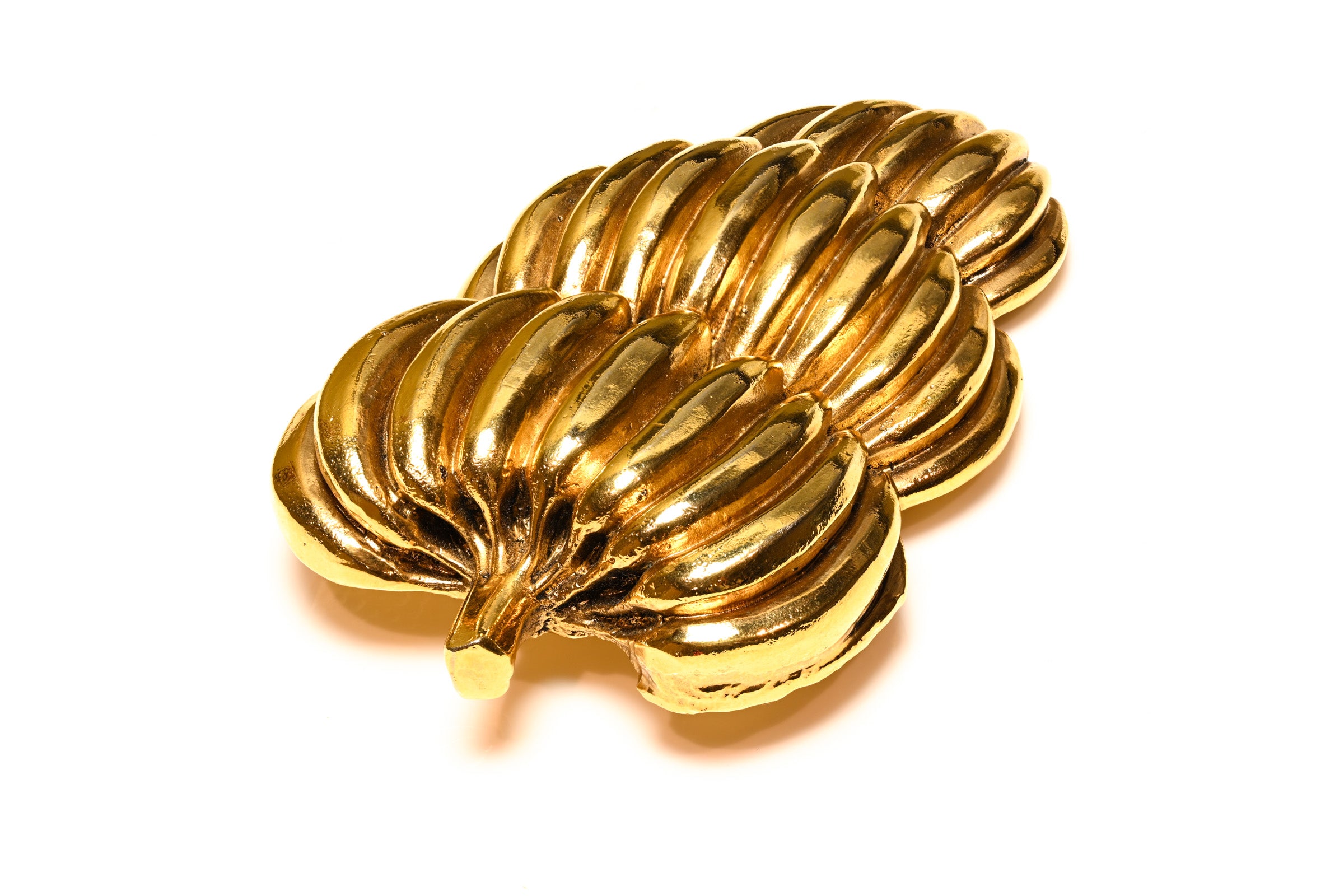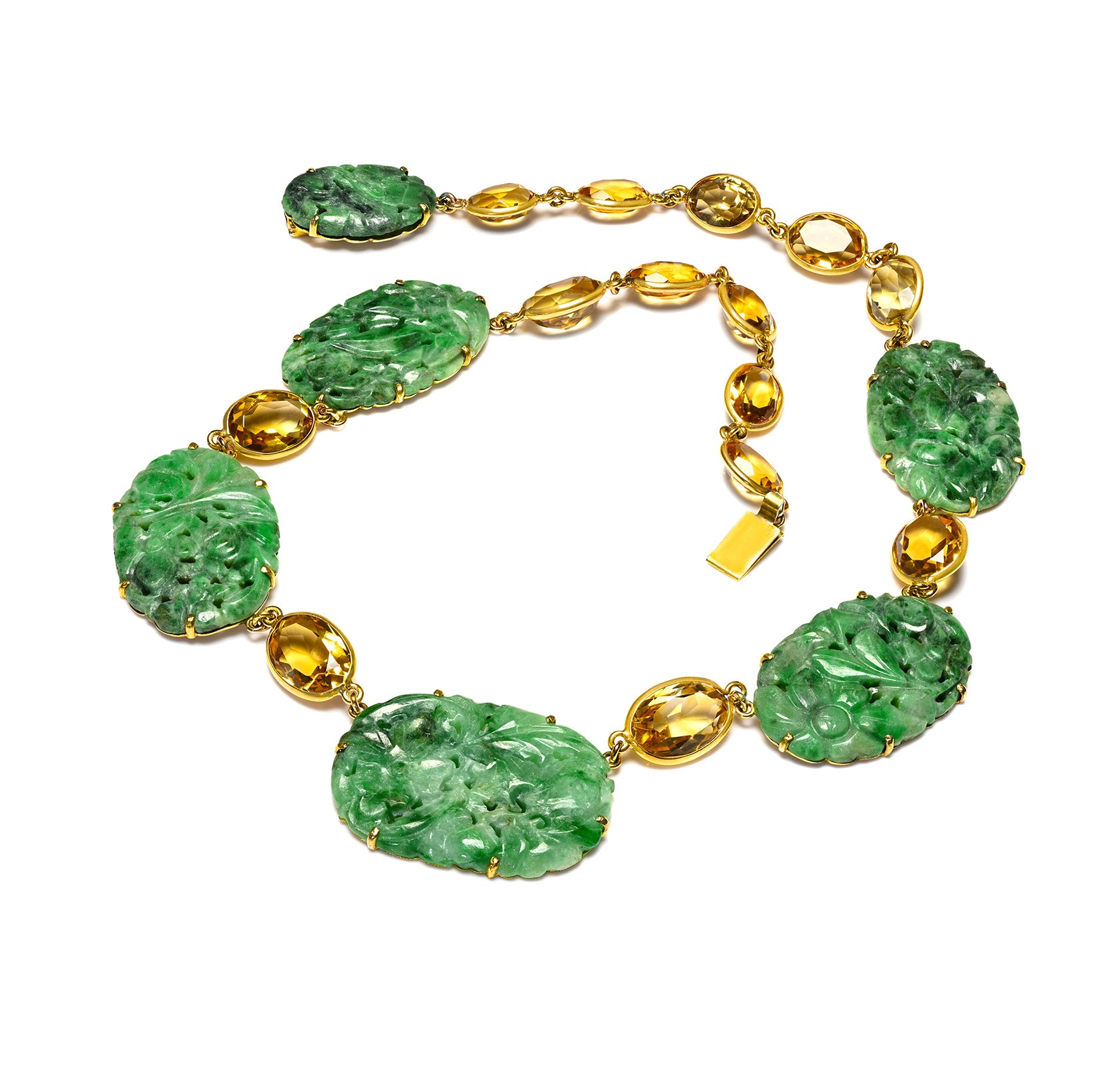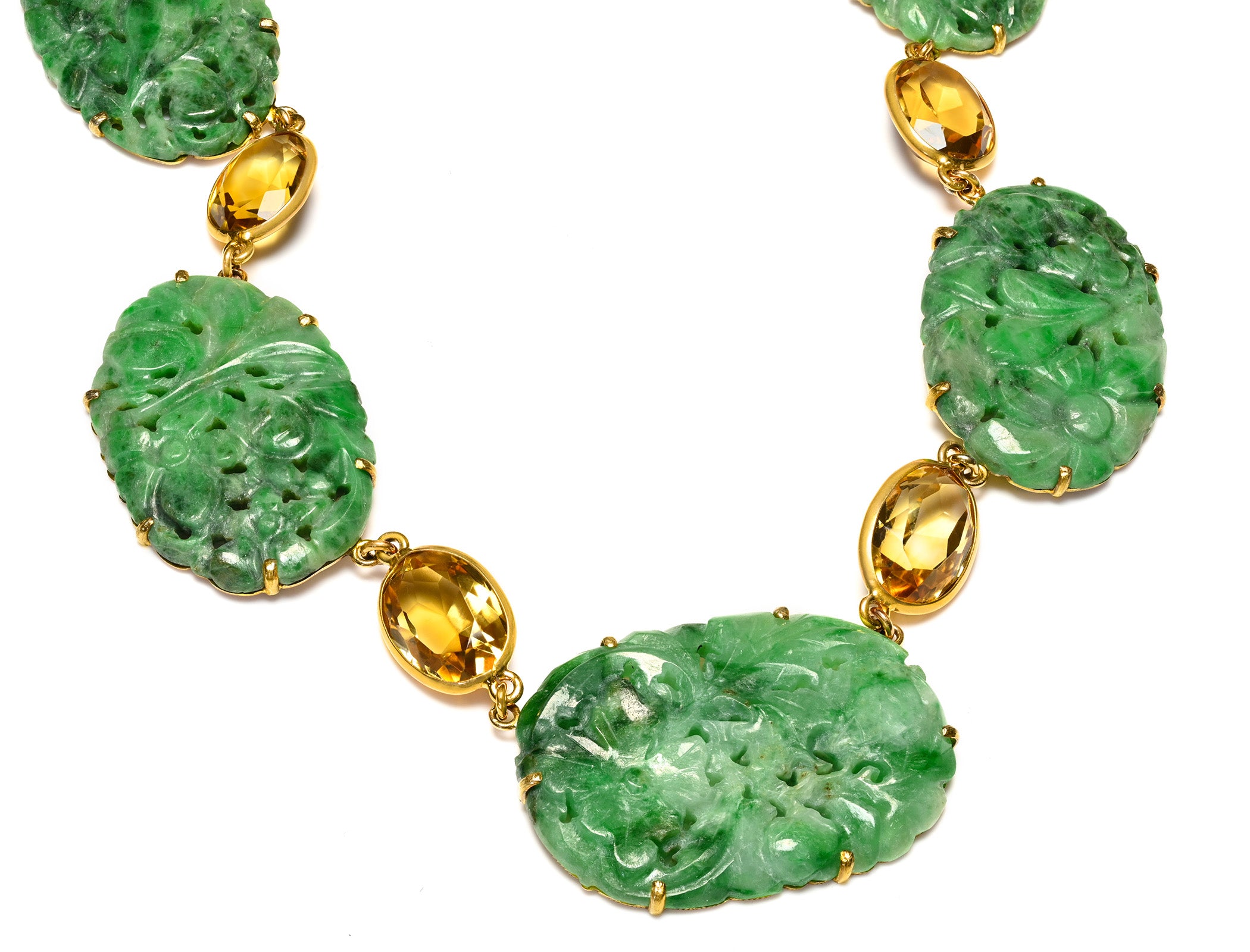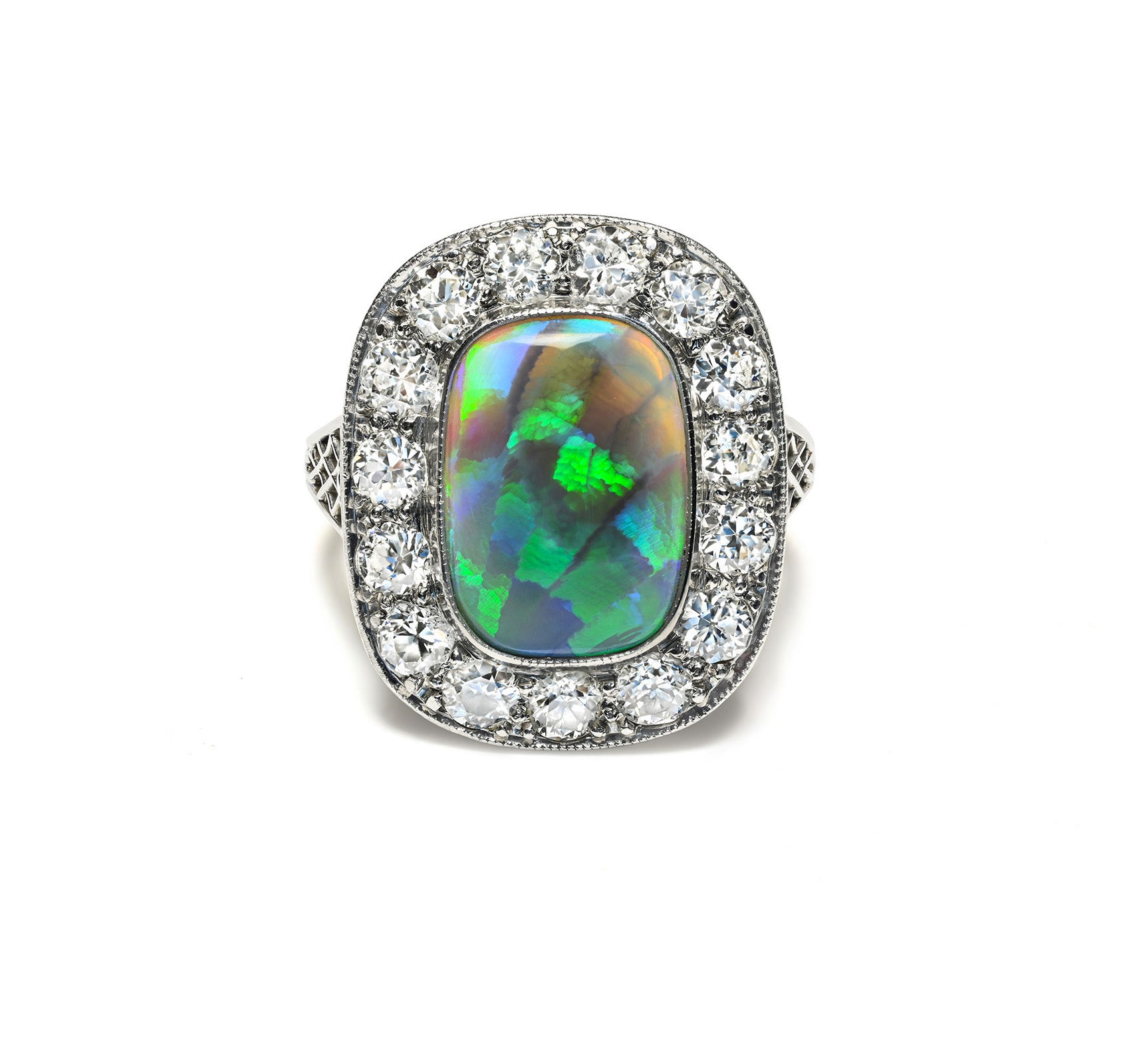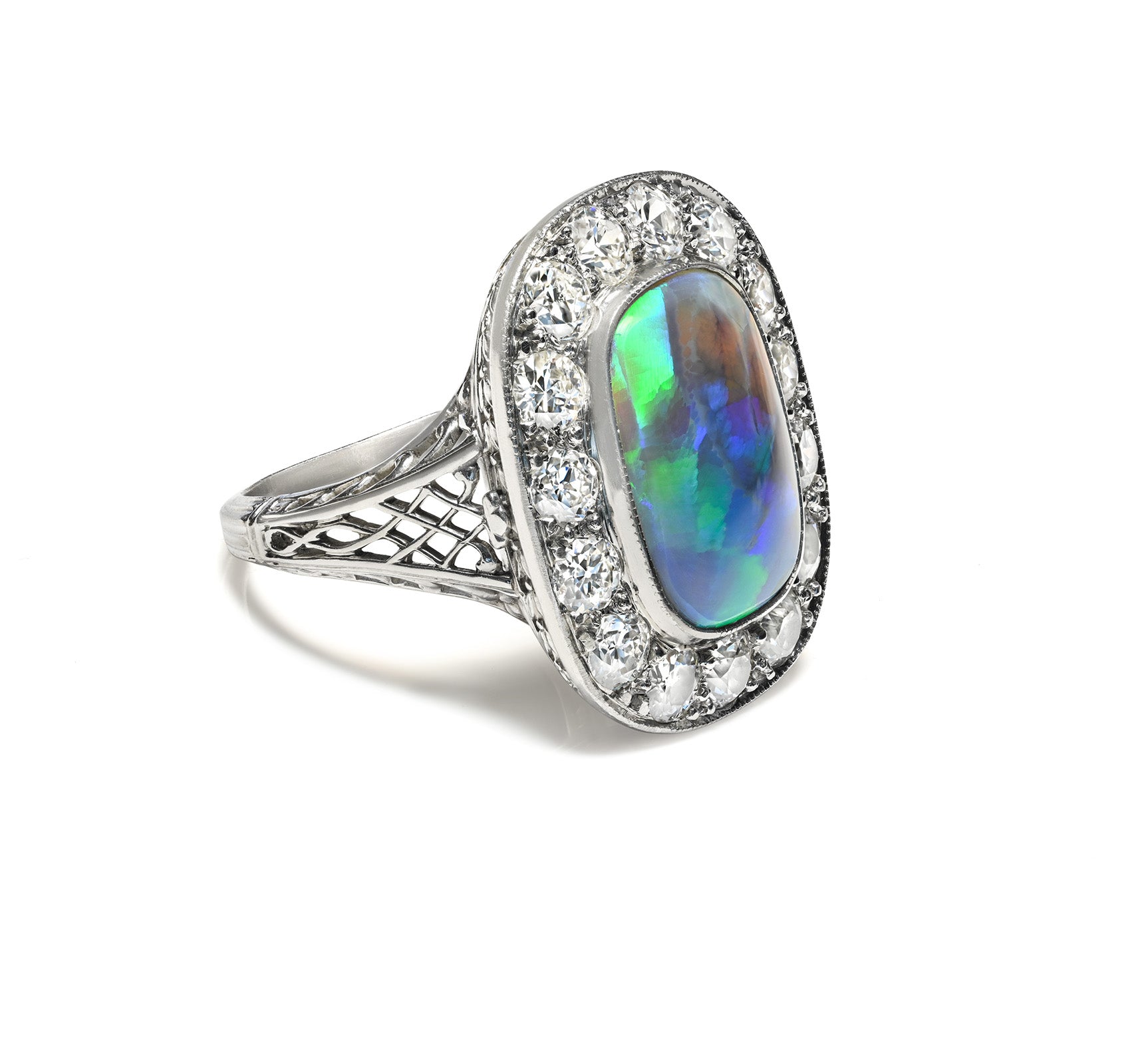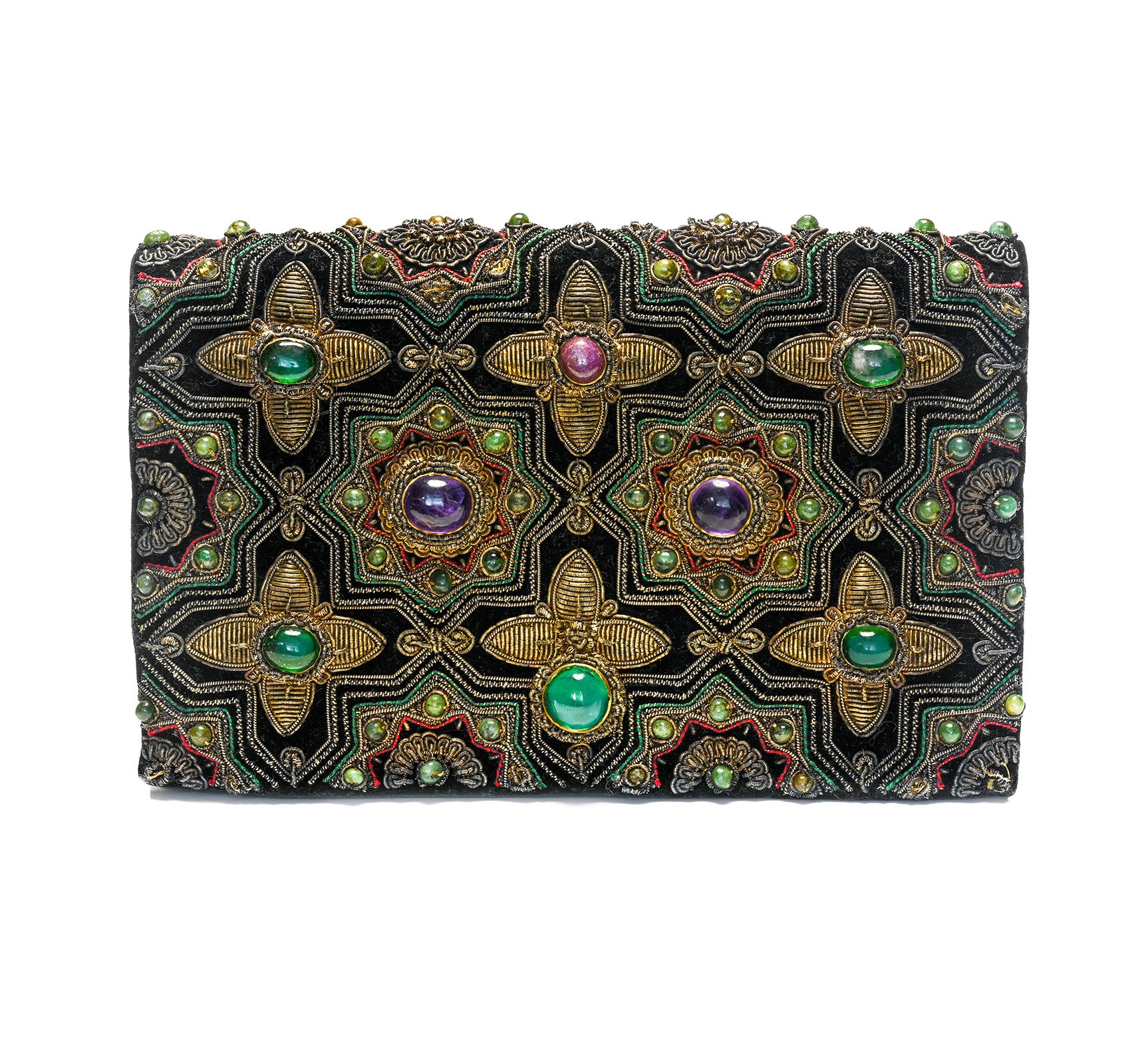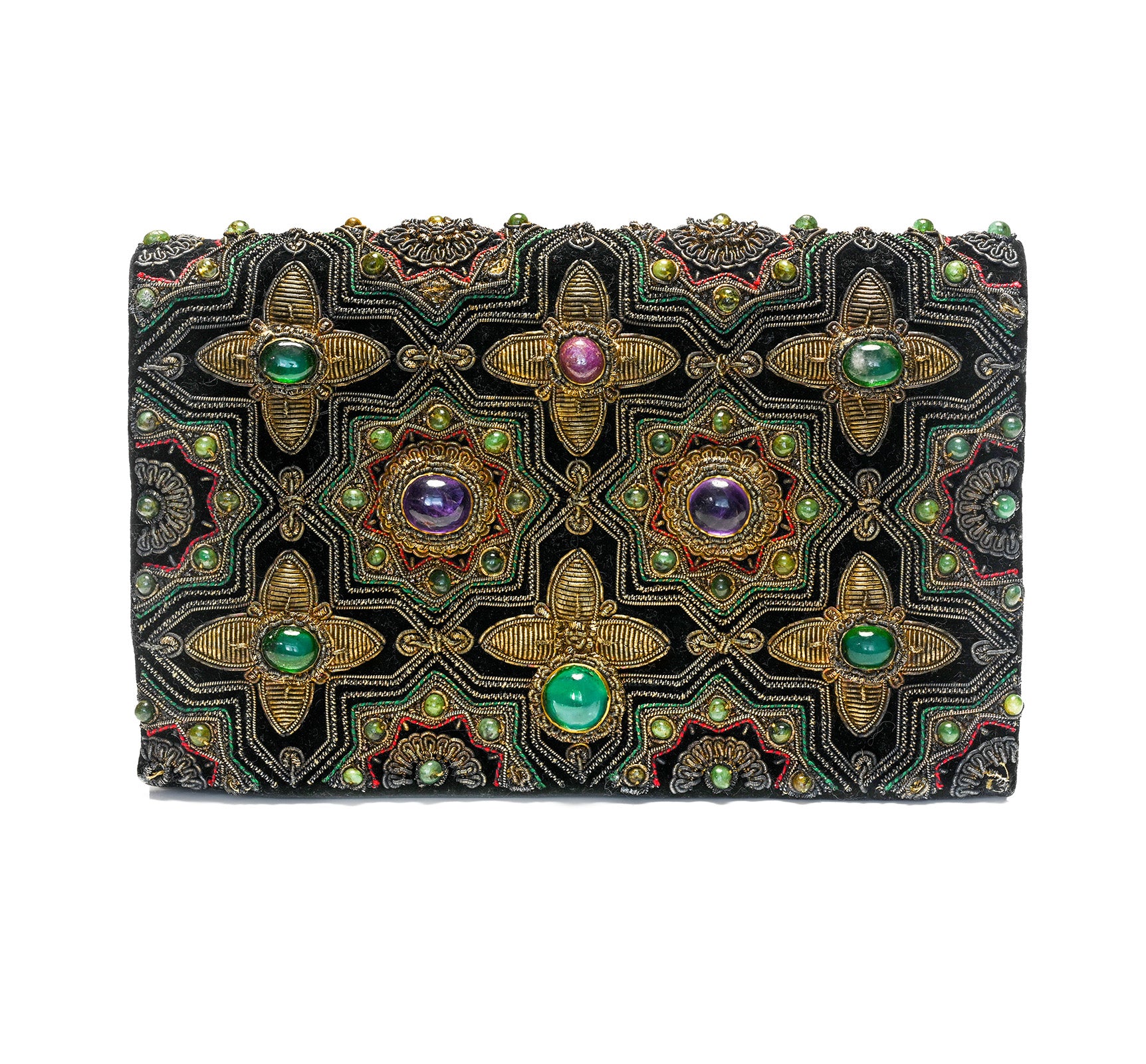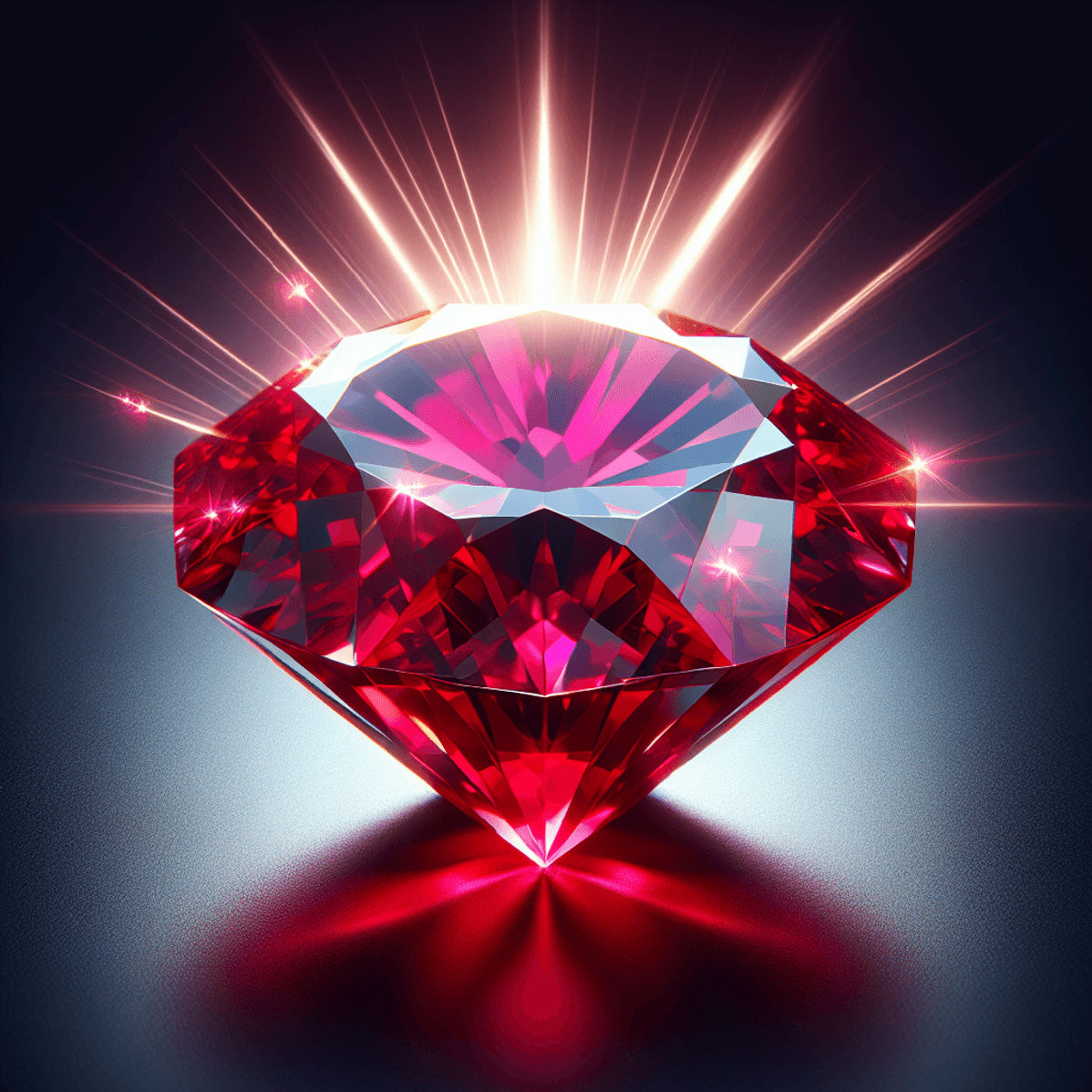
Did You Know These 8 Surprising Facts About July Gemstones?
The ruby, known for its rich red hue, is not just any gemstone. Derived from the Latin word "rubeus," meaning red, the ruby has been cherished throughout history for its striking appearance and symbolic importance. This article unveils 8 surprising facts about this July birthstone that highlight its allure and historical prominence.
1. History of Ruby as the July Birthstone
The history of ruby as the designated July birthstone dates back to ancient civilizations. The tradition of assigning specific gemstones to each month has its roots in biblical times, with the Breastplate of Aaron described in the Book of Exodus featuring twelve distinct stones representing the tribes of Israel.
Historical Significance
Rubies have long been revered for their vibrant red hue and exceptional hardness. Ancient cultures, including the Burmese, Hindus, and Greeks, considered rubies to be the most precious of all gemstones. These societies often associated rubies with passion, protection, and prosperity.

Cultural Beliefs and Folklore
Protection and Power
Many cultures believed that rubies possessed protective powers. Warriors in ancient Burma would embed rubies into their skin to make themselves invincible in battle.
Symbolism
In Hinduism, rubies were offered to Krishna as a means to be reborn as an emperor.
Mystical Properties
Medieval Europeans believed that rubies could predict misfortune or danger, changing color to alert their wearer.
The enduring allure and symbolic significance of rubies cemented their status as the birthstone for those born in July.
2. Uncommon Ruby Colors Found in July Gemstones
Rubies are traditionally known for their vibrant red color, a hue that has captivated gemstone enthusiasts for centuries. This classic red is often associated with passion and vitality.
However, rubies can also exhibit rare and lesser-known colors:
- Pink Rubies: These stones possess a delicate pink shade, offering a softer alternative to the intense red.
- Orange Rubies: Known as padparadscha, these rubies blend pink and orange tones, creating an exquisite and unique appearance.
The term "pigeon's blood" is used to describe the finest quality rubies. This specific hue is characterized by a deep, vivid red with a hint of blue, resembling the first two drops of blood from a freshly killed pigeon.
Chromium content significantly influences the color intensity of rubies. Higher chromium levels result in more vibrant and saturated reds. This element not only determines the ruby's color but also contributes to its overall value and desirability.
3. The Science Behind Ruby Formation
Rubies are formed deep within the Earth's crust under specific geological conditions. They are a type of corundum, a mineral primarily made up of aluminum oxide. Corundum is created when rocks with high levels of aluminum are subjected to intense heat and pressure over millions of years.
Key Factors in Ruby Formation
Several factors contribute to the formation of rubies:
- High temperature and pressure: These conditions allow corundum to crystallize in metamorphic rocks.
- Presence of chromium: Chromium atoms replace some aluminum atoms in the crystal structure, giving rubies their distinctive red color.
The Role of Corundum in Ruby Formation
Corundum is crucial for the creation of rubies. Without it, rubies would not exist. During the formation of corundum, small amounts of chromium enter its structure. This infusion of chromium is what gives rubies their vibrant red color. The specific shade of red depends on the concentration of chromium and the geological conditions in which the gem is formed.
Understanding these processes helps us appreciate why rubies are both rare and highly valued, making them an ideal gemstone for those born in July.
4. Famous and Priceless Rubies Throughout History
The allure of rubies has captivated royalty, collectors, and gem enthusiasts for centuries. These renowned stones often come with fascinating stories that highlight their exceptional value.
Notable Gemstones
- Hope Ruby: Weighing an impressive 32.08 carats, the Hope Ruby is one of the largest and most expensive rubies ever auctioned. It fetched a staggering $6.74 million at a Sotheby’s auction in 2012.
- Sunrise Ruby: This gemstone is celebrated not just for its color but also for its exceptional clarity. Weighing 25.59 carats, it broke records by selling for $30.42 million in 2015, making it the most expensive ruby per carat.
Historical Significance
- Timur Ruby: Despite being called a ruby, this stone is actually a spinel. It was owned by several Mughal emperors and later found its way into the British Crown Jewels, signifying its historical importance.
- Rosser Reeves Star Ruby: Known for its striking star pattern, this 138.7-carat ruby resides in the Smithsonian Institution and remains one of the finest star rubies globally.
The legacy of these famous rubies cements their status as highly coveted treasures, each with its own story etched into history.
5. The Ruby Mining Industry: Challenges and Ethical Concerns
Global Ruby Mining Process
Ruby mining involves several stages from extraction to refinement:
- Extraction: Rubies are typically extracted through methods such as open-pit mining, tunnel mining, and riverbed collection.
- Refinement: Post-extraction, the stones undergo processes like sorting, cutting, and polishing to enhance their appearance.
Key Players in the Ruby Market
Several countries dominate the ruby mining industry:
- Myanmar (Burma): Known for high-quality rubies, especially the coveted "pigeon's blood" variety.
- Mozambique: Emerging as a significant player with large deposits.
- Thailand-Cambodia Border: Historically rich in ruby resources.
Major Ruby-Producing Countries
Prominent sources of rubies include:
- Myanmar
- Vietnam
- Mozambique
- Thailand
- Sri Lanka
Environmental and Social Issues
Irresponsible mining practices lead to:
- Environmental degradation: Deforestation and water pollution.
- Social impact: Poor working conditions and exploitation of labor.
Ethical Sourcing Initiatives
Efforts to promote ethical sourcing include:
- Fair-trade certifications: Ensuring transparency and fair wages.
- Sustainable mining practices: Minimizing environmental impact through regulated methods.
6. Evaluating the Quality of a Ruby
When it comes to evaluating the quality of a ruby, there are several important factors to consider:
1. Color
The color of a ruby is the most crucial factor in determining its value. The highest value is given to rubies with vibrant, pure red hues, often referred to as "pigeon's blood." However, variations in color are also accepted, ranging from pinkish-red to orangish-red.
2. Clarity
Inclusions, or internal flaws, are common in rubies. However, rubies with fewer and less visible inclusions are considered higher quality. Significant inclusions can affect the transparency and brilliance of the ruby.
3. Cut
The precision of the cut plays a significant role in enhancing a ruby's luster and bringing out its color. Well-proportioned cuts that avoid issues like windowing (a transparent area in the center of the stone) or extinction (dark areas due to poor light reflection) greatly increase the stone's appeal.
4. Carat Weight
As with most gemstones, larger rubies are rarer and therefore more valuable. The price per carat increases significantly with size due to their scarcity.
It is important to note that evaluating rubies based on these factors requires expertise and knowledge. Reputable certification and grading systems provided by organizations like the Gemological Institute of America (GIA) and the American Gemological Laboratories (AGL) play a crucial role in ensuring that buyers receive genuine, high-quality rubies.
Having a certified ruby not only assures its authenticity but also provides information about its treatment history and an accurate evaluation of its inherent qualities.
7. Caring for Your Precious Ruby Jewelry
Taking good care of your ruby jewelry is important to keep it looking beautiful and lasting for years. Here are some practical tips:
Handling and Storage
- Handle with Care: Always handle rubies gently. Avoid dropping or knocking them against hard surfaces.
- Separate Storage: Store ruby jewelry separately in a soft pouch or lined jewelry box to prevent scratches from other gemstones.
Cleaning Techniques
- Warm Soapy Water: Use warm soapy water with a soft brush to clean most rubies. This gentle method helps remove dirt and oils without damaging the stone.
- Ultrasonic Cleaners: Suitable for untreated, heat-treated, and lattice diffusion-treated rubies. However, avoid using these cleaners for glass-filled or dyed rubies; instead, use a damp cloth.
Precautionary Measures
- Avoid Harsh Chemicals: Keep your ruby away from harsh chemicals found in household cleaners, which can damage the stone.
- Protect from Heat: Avoid exposing rubies to extreme temperatures, which might affect their color and structural integrity.
By following these tips on how to care for your ruby jewelry, you can ensure that your precious gemstone remains as stunning as the day you got it.
8. The Timeless Charm of July Rubies
Rubies, the birthstone for July, have a timeless charm that attracts both enthusiasts and collectors. The deep red color, often called "pigeon's blood," has always been associated with passion and energy, making it a symbol of strong emotional bonds and power.
Here are the main reasons why they remain popular:
- Historical Significance: Rubies have always been treasured throughout history. They were worn by kings and queens and featured in many legends.
- Symbolism: Known as the "king of precious gems," rubies represent love, bravery, and protection.
- Rarity and Value: High-quality rubies are hard to find, which makes them highly valuable in the gemstone market.
- Versatility: Whether they're used in rings, necklaces, or brooches, rubies instantly elevate the look of any jewelry piece.
The appeal of July gemstones goes beyond their physical attractiveness. Their deep emotional meaning and rich history make rubies a classic choice for individuals celebrating July birthdays.

Exploring the rich world of July birthstones reveals the ruby's mesmerizing qualities and fascinating history. Whether you’re captivated by its vibrant color, intrigued by its storied past, or drawn to its symbolic properties, rubies hold a timeless charm that is hard to resist.
- Rubies are more than just gemstones; they are pieces of history and culture.
- Embracing rubies allows you to connect with ancient traditions and myths.
- The enduring allure of rubies makes them a cherished gift for July birthdays and significant anniversaries.
Dive into the captivating universe of July gemstones, where the ruby takes center stage as the king of precious gems.




